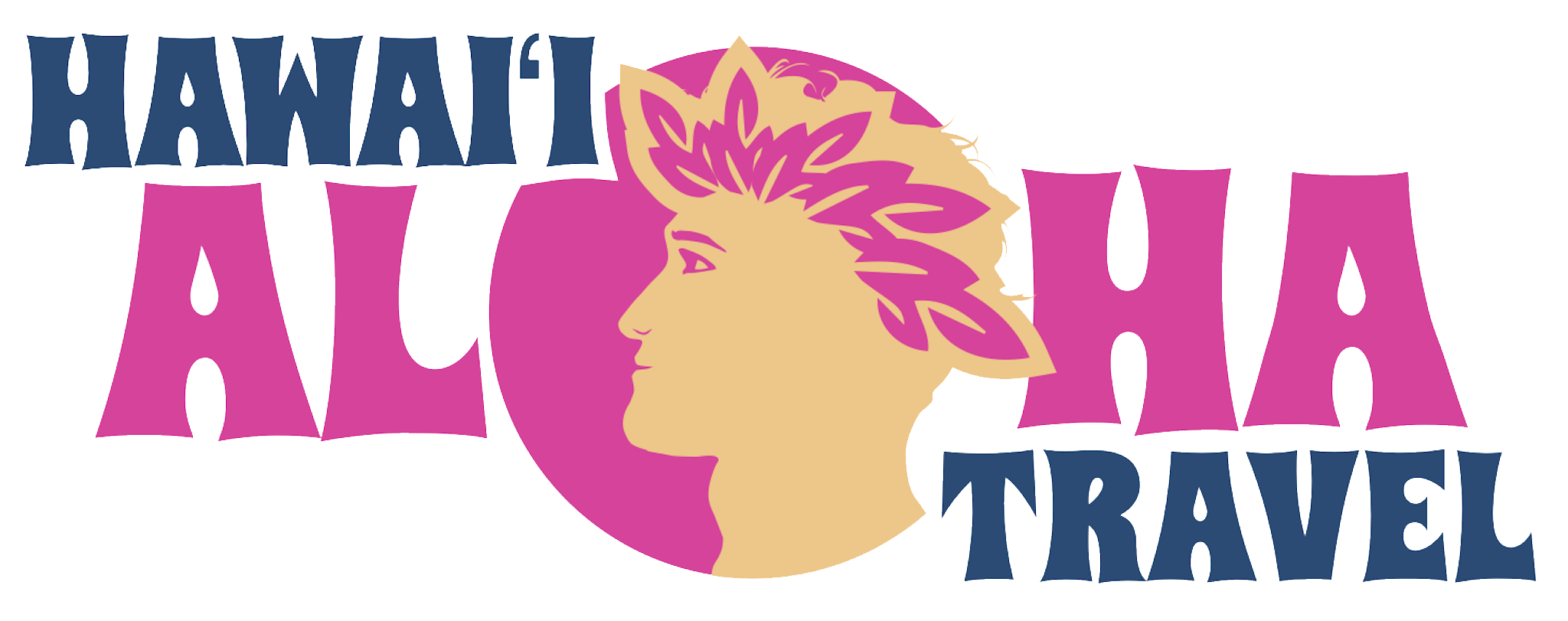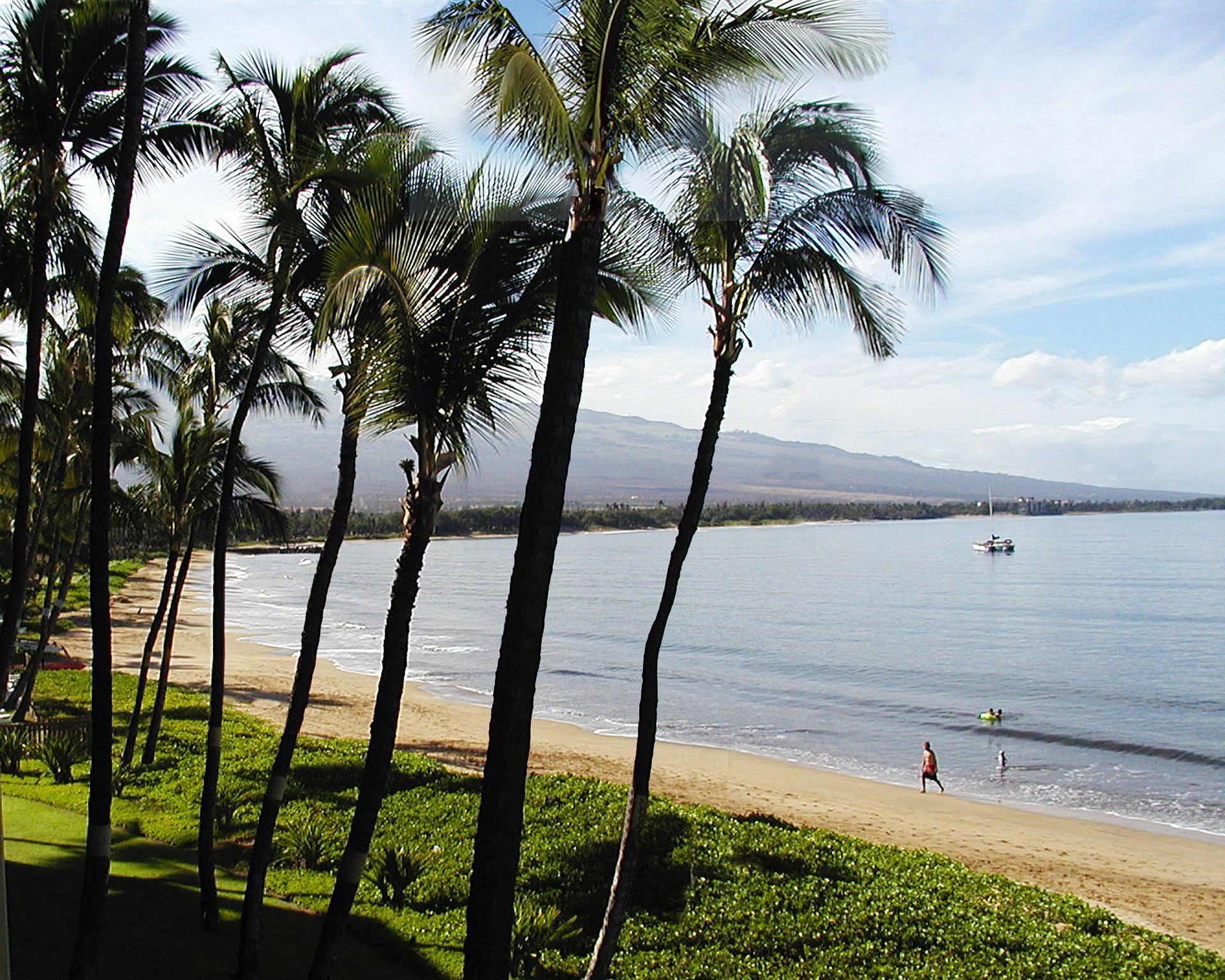As promised, I’m back this week with another post about free things to do in Hawaii. I’ve been working my way around the Hawaiian islands, discovering the best things to do for free, so make sure to check out my posts, 10 Free Things To Do On Kauai, 10 Free Things To Do On The Big Island, and 7 Free Things To Do On Oahu.
This week, I’m focusing on things to do in Maui for free.
After much research, I’ve come up with the ultimate list of free things to do in Maui, including beaches, gardens, estates, and even some cultural workshops!
1. Drive on the Road to Hana
One of Maui’s most popular attractions doesn’t have to cost a dime to do. The Road to Hana is a 64.4-mile scenic drive that takes you to a number of waterfalls, trails, small farm stands, and many lookout points. While it’s almost impossible to see everything along the Road to Hana, if you do some research in advance, you can decide which places you want to visit and see how the day goes.
Some of the most popular stops along the Road to Hana include Paia Town, Ho’okipa lookout, a hike to Twin Falls (which requires a parking fee), the Halfway to Hana Stand selling food, Hana Lava Tube, Waikamoi Ridge Trail, Wailua Falls, Grandma’s Coffee House, and so much more. It’s incredible to me that so much beauty in Hawaii is accessible, free, and in such a small area.
The roads on this road are notoriously narrow and windy, so some people do prefer to pay for a guided tour, like the one we offer through Hawaii Aloha Travel.
2. Visit the Kealia Pond National Wildlife Refuge
The Kealia Pond National Wildlife Refuge is one of just a few natural wetlands in Hawaii. It is 691 acres and is located on the south-central coast between Kihei and Maalaea. Many endangered Hawaiian birds live here, including the Hawaiian Coot and – during certain times of the year – the Hawaiian Stilt. Many birds also migrate to the area from August to April.
The Refuge is free to enter. First, stop by the Visitor’s Center to learn about some of the birds in the area, and then hit the boardwalk to see one of Hawaii’s most unique places.
The trek is about a half mile long and has different plaques highlighting the native and visiting birds around the refuge.
The best time to visit is in the morning or sunset because there are few shaded areas. Bring sunscreen, sunglasses, a hat, and water.
3. Walk around the Maui Tropical Plantation
One thing that I love about Hawaii is all of the beautiful tropical plants and flowers that grow here. Whenever I can, I go to botanical gardens to see the unique flora you can only find in tropical climates.
The Maui Tropical Plantation is free to enter, and it has the polished, well-maintained feel of a more expensive place. What began as a show garden 30 years ago is now a working farm where over 40 crops are harvested.
You’ll find hundreds of tropical and native plants at Maui Tropical Plantation. There is also a restaurant, coffee cafe, retail shops, tours, a farm stand, and more.
If you want to splurge while at Maui Tropical Plantation, you can go ziplining or hop aboard their train tour.
This popular place is nestled between Wailuku and Maalea in the community of Waikapu.
4. Go to the Beach (Always the thing to do in Maui for free)
This might seem obvious, but I think that many people forget that nearly every beach in Hawaii is free. Every single beach is also open to the public (except if it’s on a military base). Even beaches next to luxury resorts.
Back in New York, where I am from, going to the beach can cost you between $10 and $20 per person, and believe me, they are nowhere near as beautiful as the beaches in Hawaii!
Take advantage of the free beaches in Maui. Go to as many different ones as you can find – or find your favorite and go back every single day. Find the black sand beaches and the white sand beaches. Go beachcombing and look for sea glass. Lay out your towel and read a book. Bring a picnic lunch and spend all day. Some of the best beaches to check out on Maui include Kaʻanapali Beach, Kapalua Bay, Wailea Beach, and Launiupoko Beach Park.
5. Join a Hands-On Activity at the Shops of Wailea
One of the best things to do in Maui for free is at an upscale shopping mall in the resort community of Wailea. The Shops at Wailea offers free events every few days, many of which are hands-on activities that kids and grown-ups will love.
Make a lei po’o (flower crown), play the ukulele, weave a coconut frond, or kick back and watch Hawaiian entertainment. Here is a link to their full event schedule. Be sure to arrive extra early for the craft classes, as slots fill up fast.
The Shops at Wailea is in a beautiful area full of great beaches, so you can continue on with more free activities after you enjoy their entertainment and workshops.
6. Take a stroll on the Wailea Beach Walk
You can’t help but feel relaxed as you stroll along this 1.5-mile paved walkway that hugs the Wailea coastline. On one side is the ocean, and on the other are Waileaʻs luxury resorts.
As you meander along, you pass five crescent-shaped beaches. Plan for a morning jog, a sunset walk, or go beach hopping all day.
If you are lucky, you might even see a Hawaiian green sea turtle. In the winter months, this is a great place to look for humpback whales.
The Wailea Beach Walk was created to provide beach access to all, whether you are a guest of the resorts that line the beach or not. Feel free to stop at the hotels along the way to walk around, have a drink, or get a snack to enjoy on the beach.
Pro Tip: This is also one of the best spots to watch the sunrise on the island. Get a coffee at one of the hotels or sit on the beach to take it all in.
7. Tour Hui Noʻeau
Hui Noʻeau is an expansive estate and art gallery in the cool mountainside of upcountry Maui. It is free to walk around the grounds and exhibits, and it’s a perfect place to enjoy this area’s unique scenery.
You can purchase a self-guided tour map for a few bucks, and you’ll want to check out their gift shop for one-of-a-kind, locally-made souvenirs. But with no admission fee and incredible sights, this is one of the top things to do in Maui for free.
8. Explore the Small Towns
I love seeing small towns across America, but the ones in Hawaii feel extra special. The two I recommend visiting in Maui are Paia and Makawao. Both have bustling streets full of local foods, unique shops, local art, and great people-watching.
Paia is a colorful town on the North Shore, near some great beaches. There are lots of hippie-inspired stores that are fun to check out. Makawao is a few miles uphill and has more of a country-western feel. Makawao is home to Hawaii’s paniolo (cowboy) culture, something many visitors are surprised and delighted to learn about.
9. Visit a Heritage Garden
Iao Valley State Park is a great place to visit, but there is an admission fee for non-residents (anyone who doesnʻt live in Hawaii). If you are looking for things to do in Maui for free, you can still head into Iao Valley.
Instead of driving up toward the state park and needle, stop just across the bridge at Kepaniwai Park, a county park with a Japanese temple and various gardens celebrating the many cultures of Hawaii.
We like walking around through the bamboo pathway and by the stream (when conditions are safe). Standing at the foot of West Mauiʻs high mountains is an awe-striking experience.
You can access Iao Valley from Wailuku Town.
10. Take a Road Trip to Nakalele Blowhole (and Discover More Things to do in Maui for Free)
You may have heard of the treacherous drive around the West Maui Mountains. It’s probably not worth braving the entire loop, but you can easily drive from Kapalua to Nakalele Blowhole to see some of the road’s best sites for free.
Nakalele Blow Hole is an incredible spot on the western end of Maui. It is a short hike from a big parking lot to see the blow hole from above – be sure to enjoy this natural wonder from afar.
As you drive to Nakalele, stop along the Kapalua Coastal Trail, Honolua Jungle, and Honokohau Lookout, all of which are more things to do in Maui for free.
Planning a Budget-Friendly Trip to Maui
We love discovering hidden gems and free activities on Maui. Connect with our team of Hawaii vacation planners to get expert guidance for your vacation.




